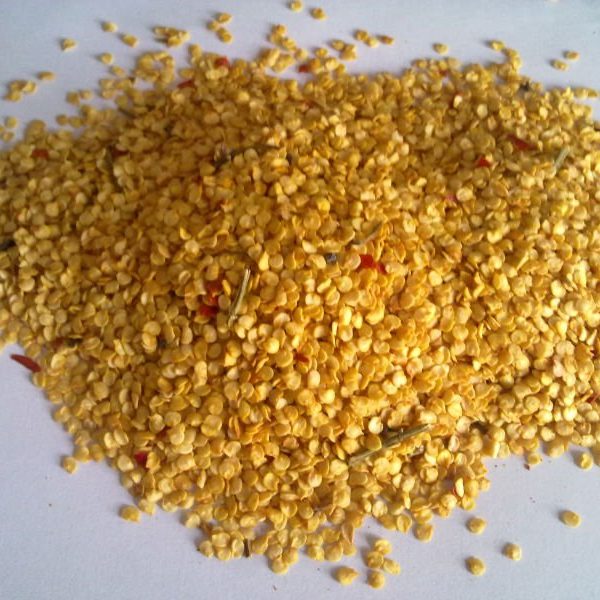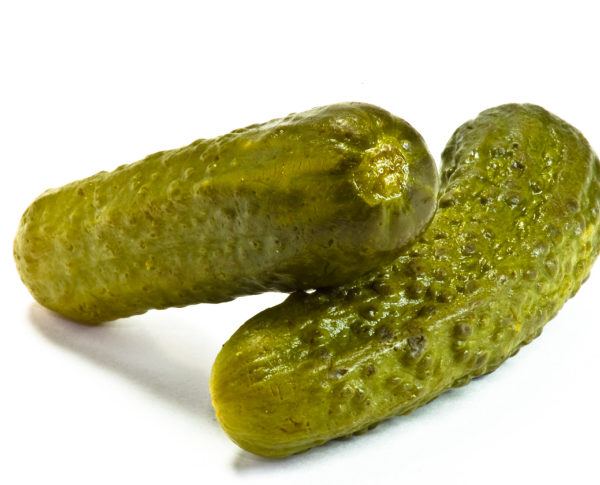Coffee Beans
It is the pit inside the red or purple fruit often referred to as a cherry. Just like ordinary cherries, the coffee fruit is also a so-called stone fruit. Even though the coffee beans are seeds, they are referred to as “beans” because of their resemblance to true beans.

Red Chilli Seeds
The chili pepper is the fruit of plants from the genus Capsicum, members of the nightshade Green and red bell peppers, for example, are the same cultivar of C. annuum, immature. Curry dishes usually contain fresh or dried chilies… The seeds of the peppers are distributed by the birds that drop the seeds while eating…

Sesame Seeds
Sesame seed is one of the oldest oilseed crops known, domesticated well over 3000 years ago. Sesame has many species, most being wild and native to sub-Saharan Africa. Sesame indium, the cultivated type, originated in India and is tolerant to drought-like conditions, growing where other crops fail

Pink Salt
It is commonly used in cooking, in place of other table salts, and in brine. Numerous claims have been made concerning the ingestion of Himalayan salt, but there is no scientific evidence that proves it provides more health benefits compared to common table salt. Blocks of salt are also used in serving dishes and in the preparation of food. Fish and some meats can be preserved for use in certain dishes, and blocks of salt can be slowly heated to a temperature of around 200 °C (392 °F) and used as a cooking surface thereafter.

Gherkin
A gherkin is a variety of cucumber: The West Indian or burr Gherkin (Cucumis anguria), produces a somewhat smaller fruit than the garden cucumber (Cucumis sativus). Gherkins are cooked, eaten raw, or used as pickles. Gherkins are usually picked when 4 to 8 cm (1 to 3 in) in length and pickled in jars or cans with vinegar (often flavored with herbs, particularly dill; hence, “dill pickle”) or brine.

Marble and Granite
Marble is a metamorphic rock composed of recrystallized carbonate minerals, most commonly calcite or dolomite. Marble may be foliated. Geologists use the term “marble” to refer to metamorphosed limestone; however, stonemasons use the term more broadly to encompass metamorphosed limestone. Marble is commonly used for sculpture and as a building material.


